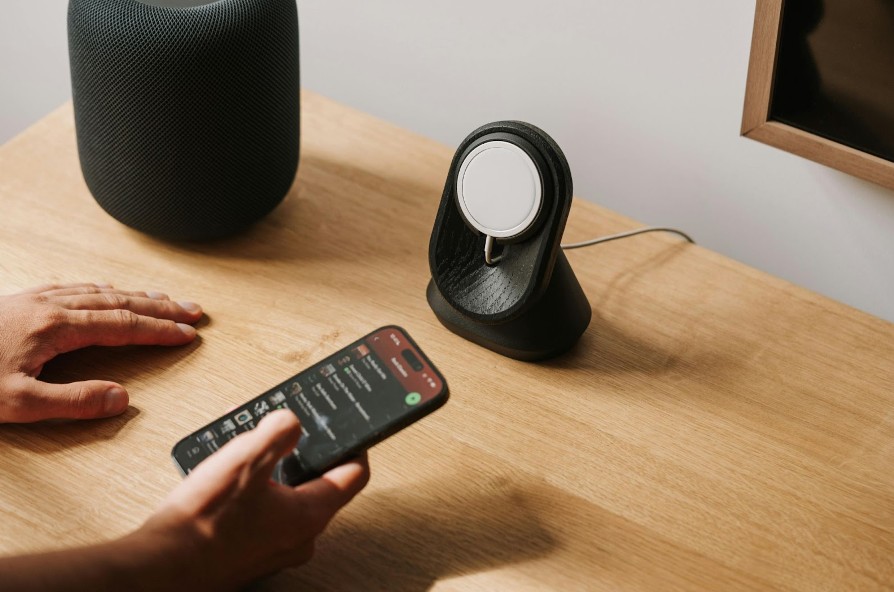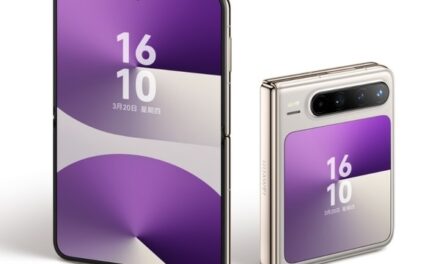
The Rise of Personalized Technology in Everyday Life

If you haven’t noticed, technology isn’t just evolving, no it’s becoming a large part of who we are and our identity. Don’t think of it as a one-size-fits-all gadget and application. It is more like modern tech is now designed to adapt, learning from your habits, preferences, and unique characteristics in all the ways possible. It could be streaming platforms suggesting relevant recommendations or even health apps that have been designed for your specific needs. The digital world has now been more personalised than ever. This new way of tech isn’t only for convenience but also about creating the tools and experiences that feel like it’s personal and unique to you as a person and what you like and prefer.
Why Personalisation Matters More Than Ever
Life moves fast, doesn’t it? That’s where personalised technology steps in to make things just a little easier. The more your devices understand your needs, the better they can anticipate what you want, saving you time and mental effort altogether. Think of streaming services that always seem to know your next favourite show or fitness apps that adapt as you make progress along the way. These thoughtful, tailored touches transform technology from a mere tool into an intuitive companion—one that truly understands and supports you.
Besides simplicity, personalization creates loyalty, too. When something really works for you, you can’t imagine life without it. That’s how you think when you wake up in the morning and Alexa knows what time your alarm is supposed to go off, or when meal-delivery apps suggest options based on previous choices. At its core, personalization bridges cold algorithms with human emotions and lets it feel like a trusted partner in your life. What’s more, this evolution was driven by our want for relevance, no one has time for infinite scrolling and irrelevant suggestions. The beauty of personalization lies in how it cuts through the noise, allowing one to focus on that which really matters. It’s no longer about making choices; it’s about creating solutions for your world.
Everyday Examples: The Subtle Genius of Personalised Tech
You use personalised technology daily, and most times, you’re not even aware of it. Your phone’s auto-correct knows your slang, and your smart thermostat remembers when you like it cosy. Even e-commerce sites are perfecting the art of suggestion, showing you products you didn’t know you needed or maybe didn’t need at all. Your smart fridge may remind you when you’re out of milk as your wearable fitness tracker adjusts goals based on progress. If you’ve ever marvelled at how your streaming service seems to intuitively know your taste, you’ve experienced the power of personalised algorithms. Even digital calendars now optimise your schedule, suggesting the best times for meetings based on your habits. These tools don’t just respond to you; they anticipate your needs, creating a seamless experience.
Consider how seamlessly personalised tech fits into your routines. That voice assistant which you use to keep yourself reminded of tasks? It has learned how you speak, what you prioritise, and when you’re most productive. It’s everything from health trackers to shopping assistants, all of it improving daily tasks in most cases subtly, but powerfully. Truth be told, personalization is so everywhere we literally see right through it. We no longer gasp at email apps sorting messages into categories or weather apps suggesting what to wear based on the forecast. But these little touches are precisely what make personalised tech indispensable.
What’s Next
Where truly customised solutions are concerned, in the future, technology can only get smarter. Think AI-powered tutors that adapt their teaching styles to how you learn or smart wearables that can monitor your health and provide insights specific to your needs in real-time. And this is not science fiction; it is already a reality. Education could see AI revolutionising the student learning process by means of customising lesson plans in real-time to the strengths and weaknesses of each student. Think of a fitness application that can track your workout and suggest the type of nutrition plan to follow based on your metabolic rate. Even financial planning tools these days are getting smarter by helping users with budget management and insights based on their spending habits. Such innovations are not of mere convenience but are life-changing.
Take healthcare, for example. Innovations such as home care software are revolutionising the way we care for our loved ones by providing personalised care plans, reminders of medication, and even remote monitoring. These solutions go a long way beyond simple convenience to offer peace of mind, allowing families to pay more attention to what really matters. This is personalization, meeting compassion, and making a difference that counts in people’s lives. The future is bright, but it also demands caution. Personalization is based on data, and that raises some very critical issues concerning privacy and trust. While this customised technology might seem almost magical, it’s really important to balance the protection of our personal information. As users, we need to be much more vigilant in asking for transparency and gaining more control over how our data is used.
How to Make Personalised Tech Work for You
The secret to getting the most out of personalised offerings is to select wisely. First, identify what you really need, whether it’s an app to help with budgeting or a smart home system, or anything that will make your daily grind easier. And do not be afraid of trying out things and discarding them, since this, after all, is how trial and error does work. Another thing personalization feeds off of is interaction: The more you use your tech, the more it will learn from you, and its suggestions will become far more accurate and helpful. It does become necessary, though, to go back and experience your tools occasionally to make sure they continue serving you well. Technology is supposed to grow with you; it should not be something that becomes a fixed part of your routine.
It’s also very important to engage with your tech. The only way personalisation works is through interaction-the more you use it, the better it learns.d to Drive

























